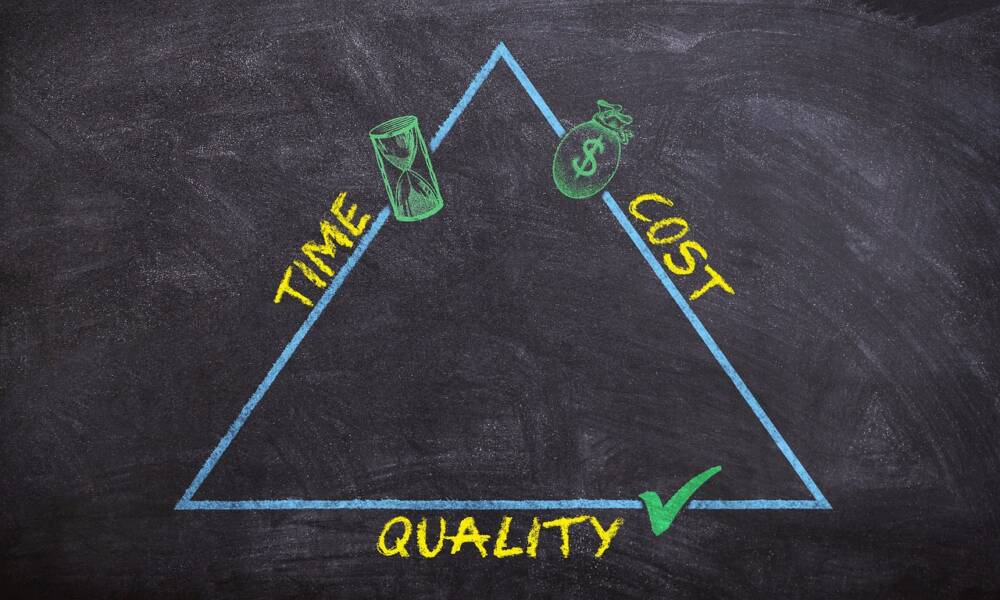Stakeholder mapping serves as a crucial instrument for organizations, allowing them to visually represent and organize various individuals, groups, and entities interested in their operations. This method offers a systematic way to pinpoint, evaluate, and rank stakeholders, ultimately facilitating more efficient interaction and administration of these essential parties.
Understanding Stakeholder Mapping Objectives
The main goal of stakeholder mapping is to obtain a clear understanding of who the stakeholders are, their interests and needs, and their potential influence or susceptibility to the organization’s actions. By developing visual illustrations of stakeholder associations, organizations can make well-informed decisions regarding resource distribution, communication approaches, and prioritization.
Prioritizing Stakeholders
Not all stakeholders are created equal. Some have a significant impact on the organization’s success, while others may have a minor influence. Stakeholder mapping helps in prioritizing these stakeholders based on their influence and interest. High influence, high-interest stakeholders, for example, may require more proactive engagement, whereas low influence, low-interest stakeholders might receive less attention.
Analyzing Stakeholder Needs and Expectations
Stakeholder mapping goes beyond simple categorization; it involves a deeper understanding of stakeholder needs and expectations. What are their goals, concerns, and preferences? Organizations must gather and analyze this information to tailor their strategies and interactions with stakeholders effectively.
Mapping Interactions and Relationships
Once stakeholders are identified, categorized, and their needs understood, the next step is to map their interactions and relationships. This visualization helps organizations comprehend the complex web of connections between stakeholders and how their interests intersect or conflict. It can uncover hidden alliances and potential sources of tension.
Effective Communication Strategies
Stakeholder mapping guides the development of tailored communication strategies. By understanding which stakeholders have the most significant influence and interest, organizations can ensure that key messages reach the right people at the right time. It helps in delivering targeted and meaningful communication that resonates with each group.
Mitigating Risks and Managing Crises
Stakeholder mapping is invaluable in risk management and crisis preparedness. By recognizing which stakeholders could pose a risk in certain situations, organizations can proactively engage them, address their concerns, and build relationships that may prove vital during crises. It also helps in identifying potential allies who can support the organization during challenging times.
Sustainability and Social Responsibility
In the context of sustainability and social responsibility, stakeholder mapping is crucial. It helps organizations identify stakeholders who are concerned about environmental, social, and ethical issues. By engaging these stakeholders and addressing their concerns, organizations can improve their sustainability practices and ethical reputation.
Adaptability in a Dynamic Environment
The business environment is constantly changing, and new stakeholders may emerge while others lose influence. Stakeholder mapping is not a one-time exercise; it should be a dynamic and ongoing process. Organizations need to regularly update their stakeholder maps to reflect the evolving landscape.
Balancing Short-Term and Long-Term Interests
Stakeholder mapping assists organizations in balancing short-term and long-term interests. It helps them recognize stakeholders who may prioritize immediate gains over long-term sustainability and vice versa. By considering the varying interests of different stakeholder groups, organizations can make strategic decisions that align with their overall objectives.
Implementing Feedback Mechanisms
Stakeholder mapping is not a one-way process; it also involves listening to stakeholders and implementing feedback mechanisms. Organizations should ensure that their engagement strategies allow for two-way communication, enabling stakeholders to voice their concerns and provide input. This fosters a sense of involvement and partnership.
Measuring the Impact of Stakeholder Engagement
To gauge the effectiveness of their stakeholder engagement efforts, organizations should establish key performance indicators (KPIs) and measurement tools. These metrics can help assess whether engagement activities are achieving their intended outcomes and whether stakeholder relations are improving over time.
Stakeholder mapping is a strategic tool that empowers organizations to navigate the intricate landscape of relationships, interests, and influences that surround them. It is a fundamental practice for effective stakeholder engagement, risk management, and responsible corporate governance. By visualizing these relationships and interests, organizations can make informed decisions that contribute to their long-term success and societal responsibility.

Ingrid Maldine is a business writer, editor and management consultant with extensive experience writing and consulting for both start-ups and long established companies. She has ten years management and leadership experience gained at BSkyB in London and Viva Travel Guides in Quito, Ecuador, giving her a depth of insight into innovation in international business. With an MBA from the University of Hull and many years of experience running her own business consultancy, Ingrid’s background allows her to connect with a diverse range of clients, including cutting edge technology and web-based start-ups but also multinationals in need of assistance. Ingrid has played a defining role in shaping organizational strategy for a wide range of different organizations, including for-profit, NGOs and charities. Ingrid has also served on the Board of Directors for the South American Explorers Club in Quito, Ecuador.








































